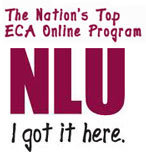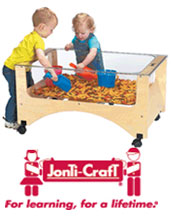6 Rules for Program Improvement
Change yourself, take baby steps, and stay determined for ten years.
Jack Ma, Entrepreneur
Jack Ma, Entrepreneur
Reaching into my dusty note card box I found these "six rules for finding areas for improvement" from organizational consultant George Ordiorne in his book, Training by Objectives (New York: MacMillan Company, 1970)...
- Fix your eye on costs. Try to spend dollars in such a way that they are producing more service.
- Is there a bottleneck? Is there one thing that causes delays, holding up other things?
- Is it taking too much time? Things that are taking too much of anyone's time are probably costing more than they should and provide fertile areas for improvement.
- Has it drifted imperceptibly in the wrong direction? An organization, which starts out with a unique focus, may lose sight of this original feature once it is successful.
- Have outside conditions changed? Keeping abreast of social, political, economic, and habitual patterns of consumers is essential in identifying areas for improvement.
- Is it being done in the same old way? Are the approaches that made the program successful originally still being followed even though these approaches are now outmoded?
 Exchange has packaged six of its practical management resources into a single “Manager’s Tool Kit” and is offering the entire set at a 33% discount — separately these resources would cost $175, but we are offering the entire Manager’s Tool Kit for only $112. Resources in the kit include:
Exchange has packaged six of its practical management resources into a single “Manager’s Tool Kit” and is offering the entire set at a 33% discount — separately these resources would cost $175, but we are offering the entire Manager’s Tool Kit for only $112. Resources in the kit include: - The Art of Leadership: Managing Early Childhood Organizations
- Managing Money: A Center Director’s Guidebook
- Beginnings Workshops Book #8 - Professionalism
- 250 Management Success Stories from Child Care Directors
- Developing Capable, Creative Teachers CD Book
- Leading People in Early Childhood Settings CD Book
Along with industry experts, Jonti-Craft has developed a collection of over 60+ projects to give you new ideas for using your sensory table. Get your copy today!
Get Your M.Ed. in early childhood administration online at NLU! NLU’s online ECA program is THE premier graduate program of its kind. Complete your M.Ed. in 18 months and start making a difference in the lives of children, families and communities.

For more information about Exchange's magazine, books, and other products pertaining to ECE, go to www.ccie.com.
|
© 2005 Child Care Information Exchange - All Rights Reserved | Contact Us | Return to Site

